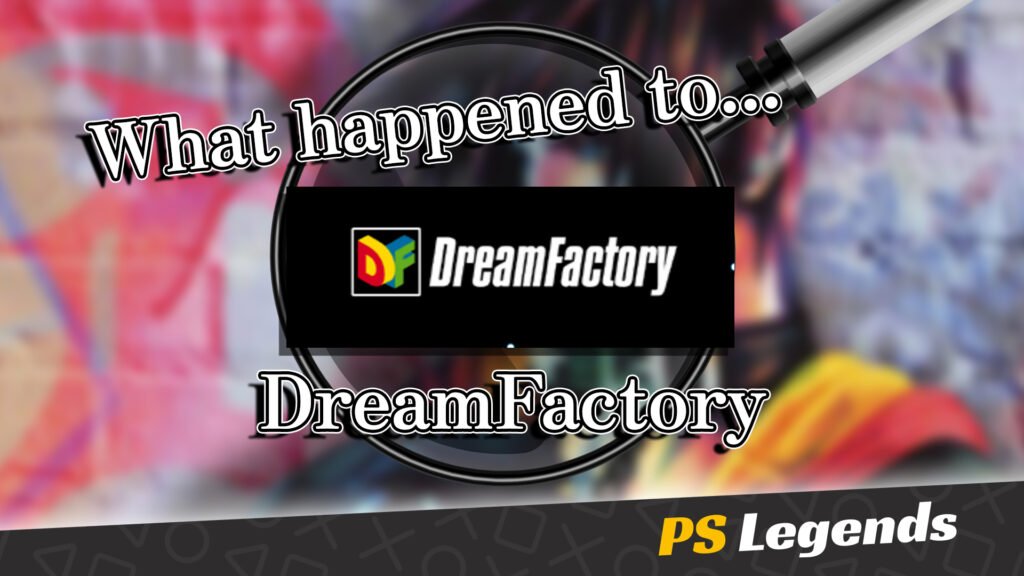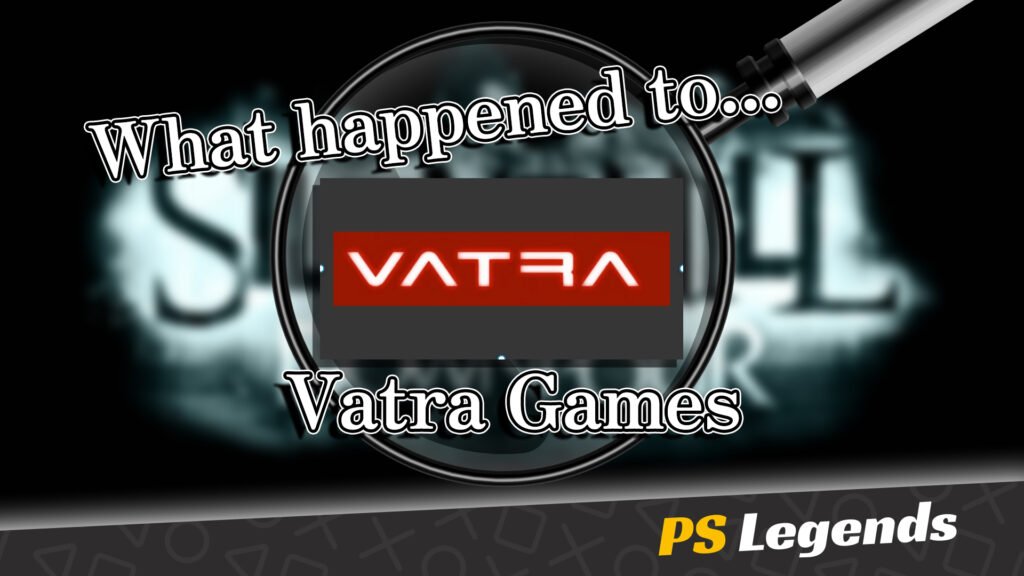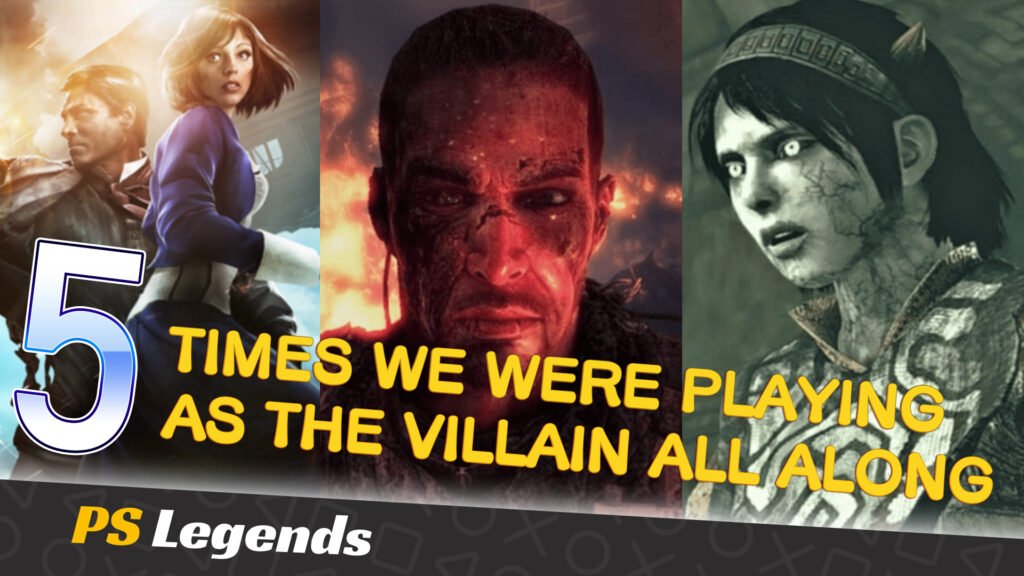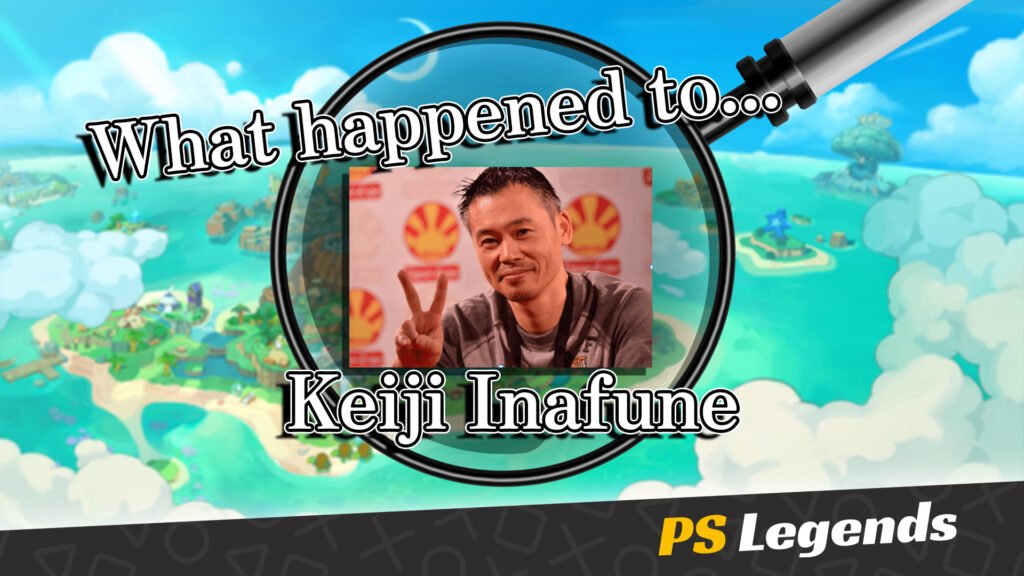Living The Dream
DreamFactory Co., Ltd., not to be confused with current Japanese developer/publisher Idea Factory, is a Japanese game developer based out of Tokyo. They are best known for developing fighting and beat ’em up games; the specialty of the company’s chairman, industry veteran, Seiichi Ishii, who served as an early designer and director for Sega’s Virtua Fighter series and Namco’s Tekken series, both major fighting game franchises.
Rather than continue on with existing franchises with set boundaries and expectations, Ishii sought new challenges and greater creative freedom. Ishii founded the independent studio DreamFactory in 1995, and offered his team’s services to publishers looking for new properties. DreamFactory would partner with Square Co., Ltd., also known under its international brand name of SquareSoft.

The SquareSoft Years
Square granted DreamFactory the creative freedom which Ishii craved. This resulted in the creation of a successful new fighting game franchise. Tobal No. 1 would release in 1996 to very positive reviews. This would push the studio for a sequel. Tobal 2 released in 1997, though sadly not outside of Japan. The sequel saw even greater recognition, largely due to its greatly expanded Quest Mode. The game held the record for the largest character roster in a fighting game with 200 playable characters to choose from.

Following the massive international success of Square’s own Final Fantasy VII, the publisher sought to expand on the property with licenced crossover projects. DreamFactory’s next project was a Final Fantasy VII tie-in game which could be played as a traditional 3D fighting game or as a story-driven 3D street brawler similar to the side-scrolling beat ’em up genre.
The project released as Ehrgeiz: God Bless the Ring internationally between 1998 and 2000 to a small but noteworthy success. The PlayStation version of the game includes several playable characters from Final Fantasy VII, including Cloud Strife, Tifa Lockhart, Sephiroth, Yuffie Kisaragi, Vincent Valentine, and Zack Fair. The game was also ported to arcades in the same year by publisher Namco.

The Bouncer
With three successful fighting games now on the SquareSoft label, Square would choose DreamFactory to premiere the studio’s own new in-house 3D graphics engine which would go on to be adapted into later smash hit titles including Final Fantasy X and Kingdom Hearts. This introductory game would be a single-player street brawler in the style of Ehrgeiz’s single-player story mode.
The new title, known as The Bouncer, would be a high-profile PlayStation 2 game featuring character designs by iconic Final Fantasy character artist Tetsuya Nomura. The anticipation of the game saw many retailers bundle the game with new PlayStation 2 consoles as a limited-time promotion. Sadly, despite the impressive visuals, the game’s short length and emphasis on narrative over action resulted in mixed review scores.
The game’s higher production values would see it result in a commercial failure. This failure would conclude with DreamFactory falling out of favour with Squaresoft and ending their partnership. Without their publisher, DreamFactory would experiment with new ideas in 2001, begining with animation production. The studio would produce the anime Zoids: New Century, which would pave the way for other side projects.

Flirting With Xbox
Seeking to continue their growing interest in more westernised brawling, the team approached Xbox with an offer of exclusivity. The studio was tasked with developing titles in the UFC series, beginning with Ultimate Fighting Championship: Tapout in 2002. While the game was well-received, its successor, UFC: Tapout 2 saw mixed reviews in 2003 due to the game feeling overly similar to the previous entry.
2003 would also see DreamFactory partner with Microsoft Game Studios to form a temporary hybrid team known as ‘Dream Publishing’. This new revision would release the poorly-received fighting game Kakuto Chojin: Back Alley Brutal for the Xbox. It was originally created as a tech demo to show off the graphical capabilities of the Xbox, before the decision was made to turn it into a full game.
A few months after its release, Kakuto Chojin was pulled from distribution amidst controversy surrounding the religious content featured in the game. This decision would dissolve the Dream Publishing partnership and effectively sever ties between DreamFactory and Xbox. With the partnership concluded in just two years, DreamFactory would discreetly return to their PlayStation origins.
Crimson Tears
DreamFactory’s return to PlayStation 2 would see the studio return to their roots and produce a game which acts as a spiritual successor to Ehrgeiz and The Bouncer, though produced on a smaller budget and with a smaller team. Just 18 staff were reported as remaining in 2004 after the previous reshuffle, with some staff either leaving during the Xbox years or switching teams.
Crimson Tears would launch in 2004, this time featuring anime cel-shaded graphics to cut production costs. It was published by Capcom, who were happy to release fully translated versions of the game internationally but would provide little to no advertising budget. The game saw mixed reviews and poor sales, largely due to limited knowledge of the game’s existence.
The game is set in Tokyo in the year 2049 and revolves around three characters, Tokio, Kaede (Kadie in western versions), and Asuka (Amber in western versions), whose home has been destroyed. In recent years, the game has become something of a cult hit, with the game considered a definitive, textbook DreamFactory classic.

Keeping It In Japan
Following the tepid reception of Crimson Tears, particularly in the west, DreamFactory would release its next three PlayStation 2 titles as Japan exclusives. Meanwhile, the studio would also return to anime production, releasing the Appleseed reboot movie in 2004.
The team would also reconsider arcade gaming, creating the fighting game Kenju for the AtomisWave arcade platform. It had location tests in Japanese arcades in December 2004 and January 2005 but was never officially released, effectively cancelling the project.
The team’s Japan-only PS2 titles would consist of Yoshitsuneki in 2005, followed by Fighting Beauty Wulong in 2006. Following the Appleseed reboot, DreamFactory would create a game adaptation despite the film’s mixed reviews. Appleseed EX would release in 2007. The game was generally panned by critics, including Famitsu magazine who gave it 14 out of 40.

Nintendo’s Turn
After a series of commercial failures and dwindling resources, the decision was made to unofficially downsize DreamFactory. Staff who left or transferred to collaborative teams did not return and were not replaced. The few remaining staff, rumoured to now be in the single digits at this time, would reach out to Nintendo to develop cheaper titles for their DS platform.
DreamFactory would prioritise the development of games in the popular Naruto franchise for the Nintendo DS along with smaller budget titles. The team went on to create Naruto: Ninja Destiny (2006), Simple DS Series Vol. 16: The Sagasou: Fushigi na Konchuu no Mori (2007), Simple DS Series Vol. 32: The Zombie Crisis (2008), Naruto: Ninja Destiny II (2008), Naruto Shippuden: Ninja Destiny 2 (2008), and Naruto Shippuden: Shinobi Retsuden 3 (2009).
With their minimal staffing and speedy development times, the team would be able to turn their fortunes around for a time, and would be in a position to return to home console game development. Now targeting the Wii, the studio would produce Major Wii: Perfect Closer in 2008, before picking up the rights to develop a new game in Tamsoft’s abandoned Battle Arena Toshinden series in 2009.

Dwindling Away
‘Toshinden’ saw something of an unsuccessful launch. The game released on a Nintendo console rather than the previous games’ PlayStation origins, and would only release in Japan despite international release rumours. Toshinden was also a full reboot, with no connection to the previous games, an entirely new character roster, and new mechanics. The game disappointed fans and saw poor sales.
Now facing dire financial difficulties and running with a skeletal staff, DreamFactory would scrap any new console projects and gradually transfer out the remaining staff. The brand would be able to stay afloat by creating ports of existing Namco titles for mobile devices, including a game in the Pac-Man series and a successful port of Xevious in 2016 for iOS and Android, which were largely completed by Ishii alone.
Ishii continues to keep the DreamFactory brand alive to this day, maintaining but not updating the company website. Fans would often contact Ishii, urging him to resurrect DreamFactory. Ishii remains hopeful that the brand may return to form someday as he supports other developers as a consultant.



